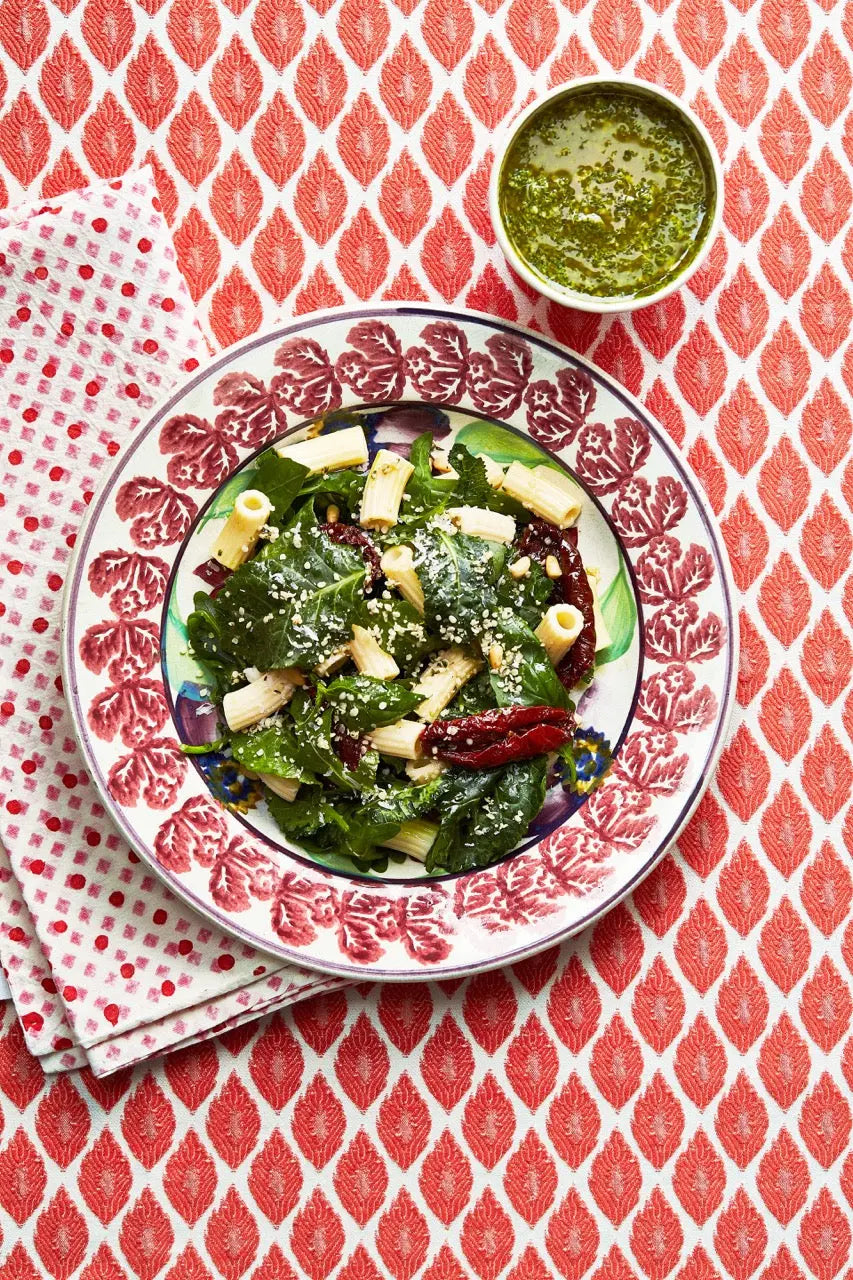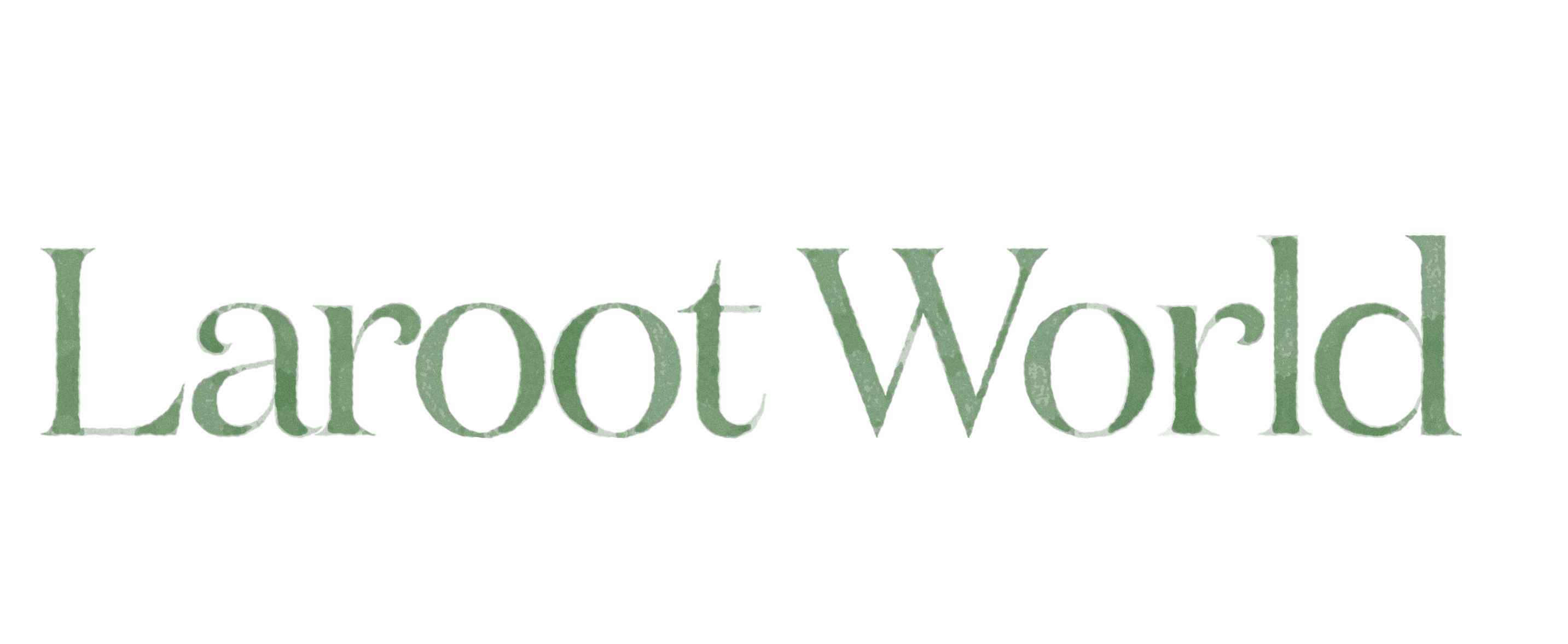Going Green: A Brief History of Pesto

One of many Laroot-subscriber favorites is our High Italian lunch: a medley of brown-rice rigatoni, sun-dried tomatoes, blanched kale, and hemp seeds, tossed with a traditional basil pesto that honors the sauce’s roots in Liguria. Derived from the Italian verb pestare, meaning “to pound,” pesto is, for purists, prepared using a mortar and pestle, with which fresh basil, olive oil, garlic, grated cheese, and salt are ground artfully into a paste; pounding the ingredients would, according to Ligurians, mar the basil’s aromatic properties. (Our version, by the way, also incorporates nutritional yeast, for a helping of all nine essential amino acids.)

Pesto is the second most popular pasta sauce in the world, and has become emblematic of Italy’s Ligurian region, the country’s basil-growing capital, which comprises Genoa, Cinque Terre, and Portofino. The first recipe for modern pesto appeared quite recently, in 1870, as a passage in chef Giovanni Battista Ratto’s cookbook Cucina Genovese. His version also calls for marjoram, parsley, butter (in place of olive oil), and Dutch cheese, the last of which was abundant in Italian port cities of that era.

Pesto’s origins date back much further than the 19th century, however. The concept of grinding garlic, herbs, and salt into a spreadable paste originated in ancient Rome with the advent of moretum. Eulogized in Virgil’s poem of the same name, this mash of celery seeds, garlic, parsley, rue, coriander, salt, cheese, and olive oil was invented as a humble dip for freshly baked bread. By the 13th century, moretum and its offshoots, many of which included vinegar, had given way to aggiadda, a sauce of garlic, olive oil, and breadcrumbs that was used not only as a condiment for meat, fish, and vegetables, but also for cooked-food preservation.
Legend has it that the first basil-rich paste, later echoed in the pages of Cucina Genovese, was prepared in the 17 th century by Ligurian monks in a monastery surrounded by hills where the herb, which is native to India, grew abundantly. Their mortar-and-pestle concoction was prized by Italian sea traders, who, like the Arab merchants before them, believed that basil—brimming with calcium, vitamin K, antioxidants, and antibacterial properties—possessed healing powers.
Laroot’s High Italian lunch perpetuates this health-enhancing tradition as a satiating, multitextured vegetarian meal. Brown-rice pasta provides fiber; sun-dried tomatoes add lycopene; hemp seeds lend a crunchy boost of complete protein, B vitamins, and omega-3s. And to harmonize it all, with the added benefit of high-mineral nutritional yeast? Our rendition of pesto alla genovese, of course—the “green gold” that Ligurians consider a cure for any bowl of undressed pasta.

